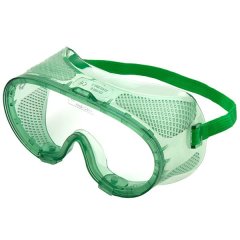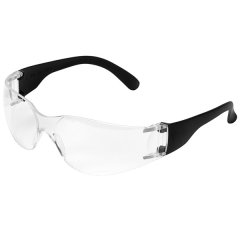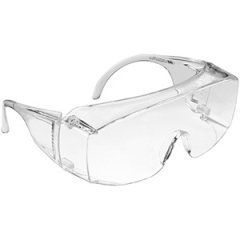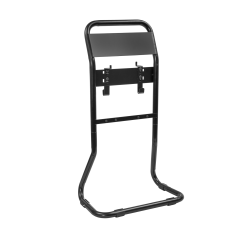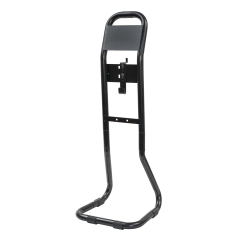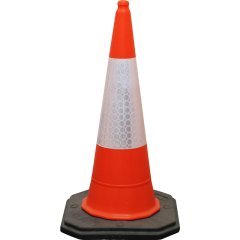Eye Protection
Eye Protection
Eye Protection
You can use safety goggles and glasses to give yourself and workers eye protection against dust, chemicals, knocks, and hot substances. Providing your workforce with the appropriate eyewear will reduce the risk and severity of an eye injury.
Getting something small in your eye is frustrating and a distraction from the job at hand. In extreme cases, it can lead to partial or total vision loss. As a minimum, the eyewear you provide must conform to EN 166, but there is a wide range available to suit specific hazards. These properties are easily identified by markings on the lenses and frames which show they have passed specific tests.
Carrying out a risk assessment is the best way of knowing the specific risks which are present in your workplace so you can ensure everyone has the correct level of protection.
Types of Eye Hazard
The biggest risks are present in industrial and manufacturing environments. People operating power tools have the potential for debris or chippings to get into the eye, while those working with chemicals risk splashes.
Where there are molten metals or radiant heats present, hot liquids could splash the eyes or sparks emitted, as well as vapour from gases or radiation. The lenses and frames work in unison to protect against these.
And with hazards such as intense light or optical radiation present where lasers and welding equipment are used, filters on the lenses will protect the wearer.
Lens Protection
First of all, when selecting safety glasses and goggles, you’ll need to pay attention for the Class your work environment requires. Class 1 is suitable for continuous work, Class 2 for intermittent work, and Class 3 for occasional work which means they must not be worn continuously.
Class 3 is ideal for when eyewear is required for specific tasks, but for where users may be exposed to risks for a whole shift, Class 1 is a more suitable choice.
Their mechanical properties are recognised with letters – for both the lenses and frames.
A – High energy impact (190m/sec).
B – Medium energy impact (120m/sec) Grade 1.
F – Low energy impact (45m/sec) Grade 2.
S – Increased robustness (General purpose).
T – Increased robustness at extremes of temperature.
Other Standards
When you need eye protection for the specific risks, then there are additional European Standards which you must be mindful of when selecting the correct eyewear. Where safety glasses and goggles state a specific standard, this means they comply with the requirements of them.
EN 169 – Welding Filters.
EN 170 – Ultra-Violet Filters.
EN 171 – Infra-red Filters.
EN 172 – Solar Protection Filters for Industrial Use.
EN 175 – Welding Work Equipment.
EN 207 – Laser Protection Eyewear.
EN 208 – Laser Adjustment Eyewear.
Additional Eyewear
When selecting safety goggle and glasses, to ensure they will survive even harsh environments, look for eyewear which has had an anti-scratch treatment applied. This prevents superficial damage from occurring to the lens which would otherwise impair vision when wearing them. This is identified by the letter K.
It’s also possible to have anti-mist treatment which works by preventing the formation of condensation by absorbing the humidity drops. These are ideal when working in cold or hot environments and keeps visibility for a maximum. This is identified by the letter N.
These lens coatings are permanent and ensure the performance of EN 166.
For when the user wears prescription eyewear, some safety goggles can be worn over the top of them. In certain instances, it may be possible to have the safety goggles or glasses manufactured to the wearer’s prescription. This is ideal if they’re going to be wearing eye protection regularly.


